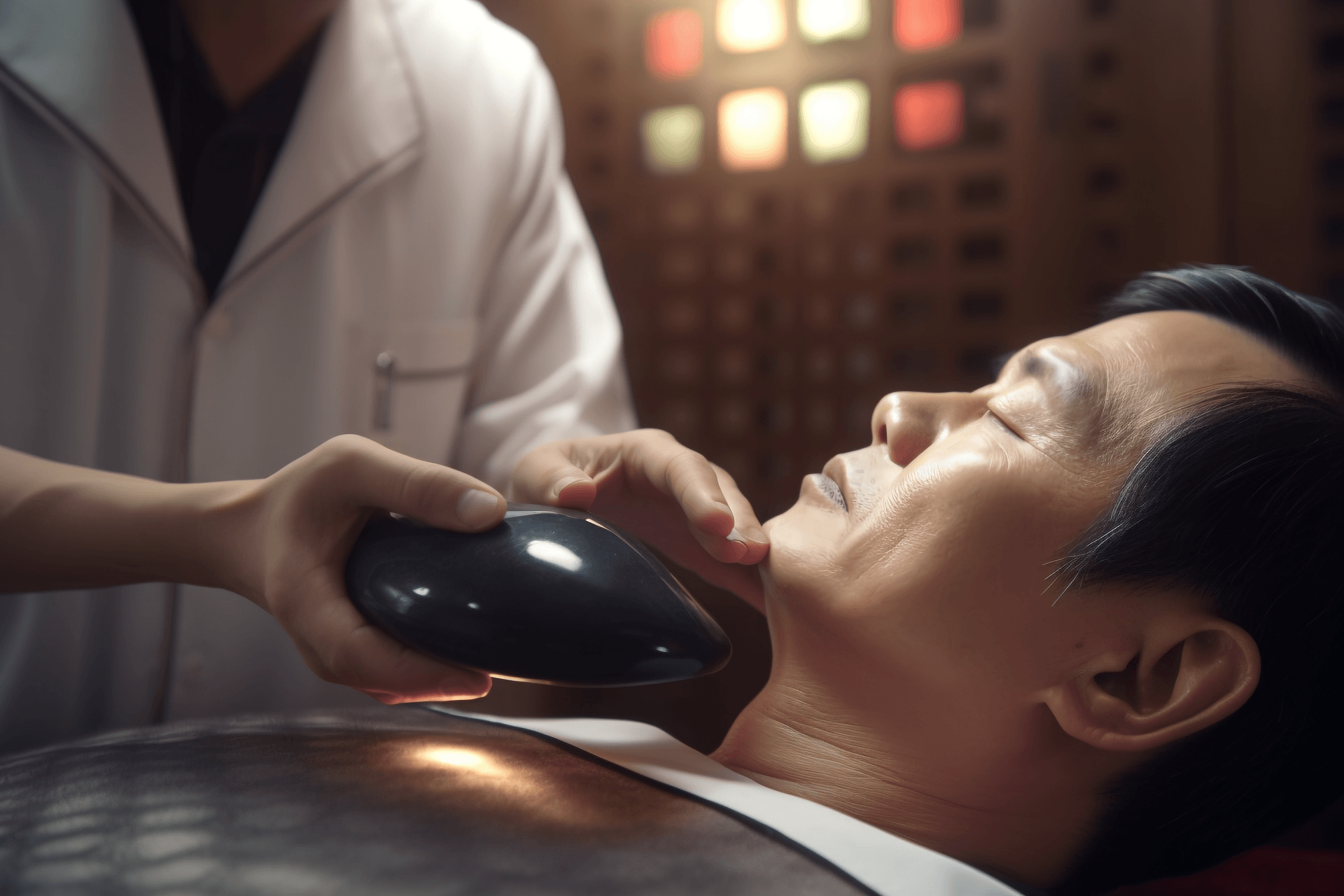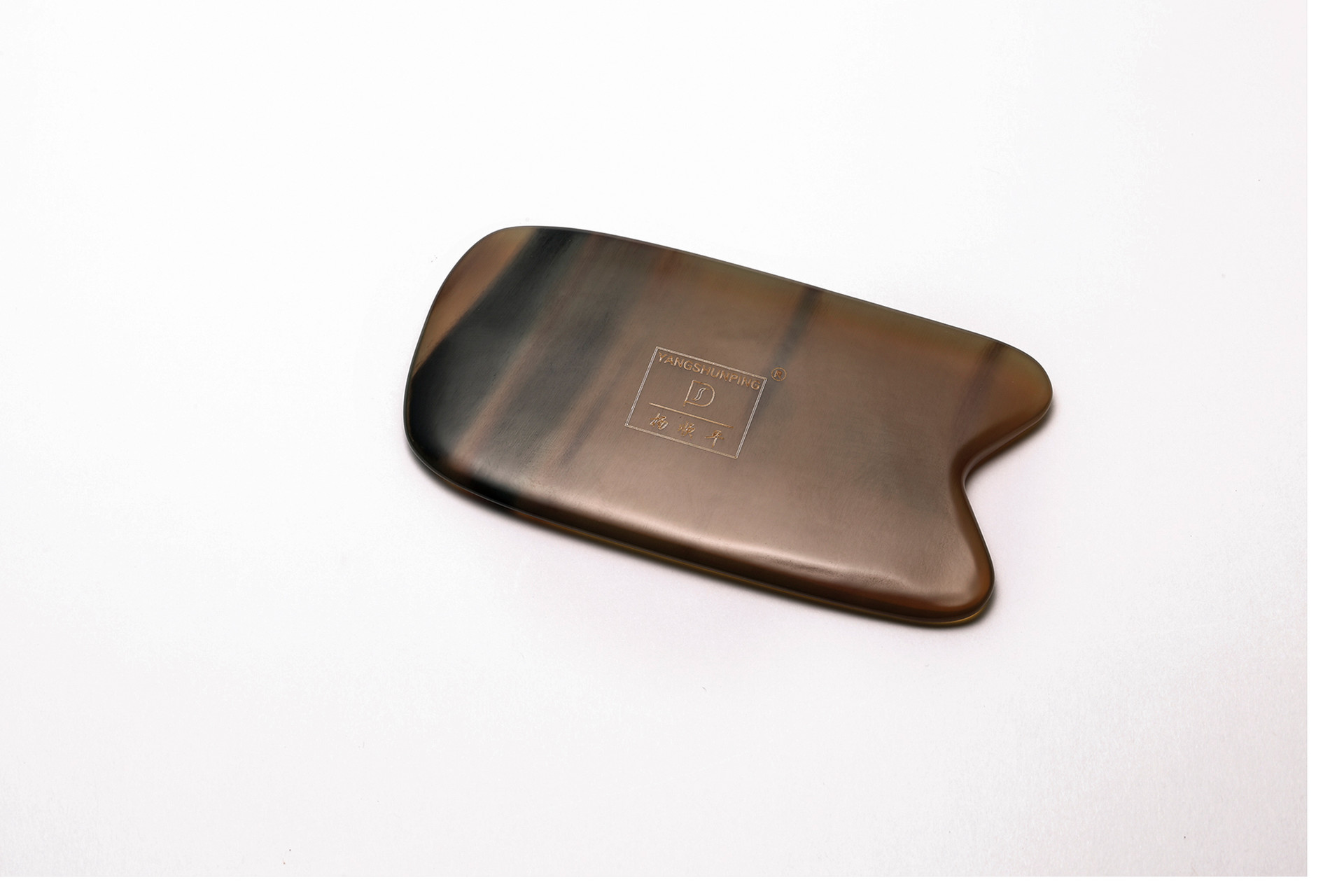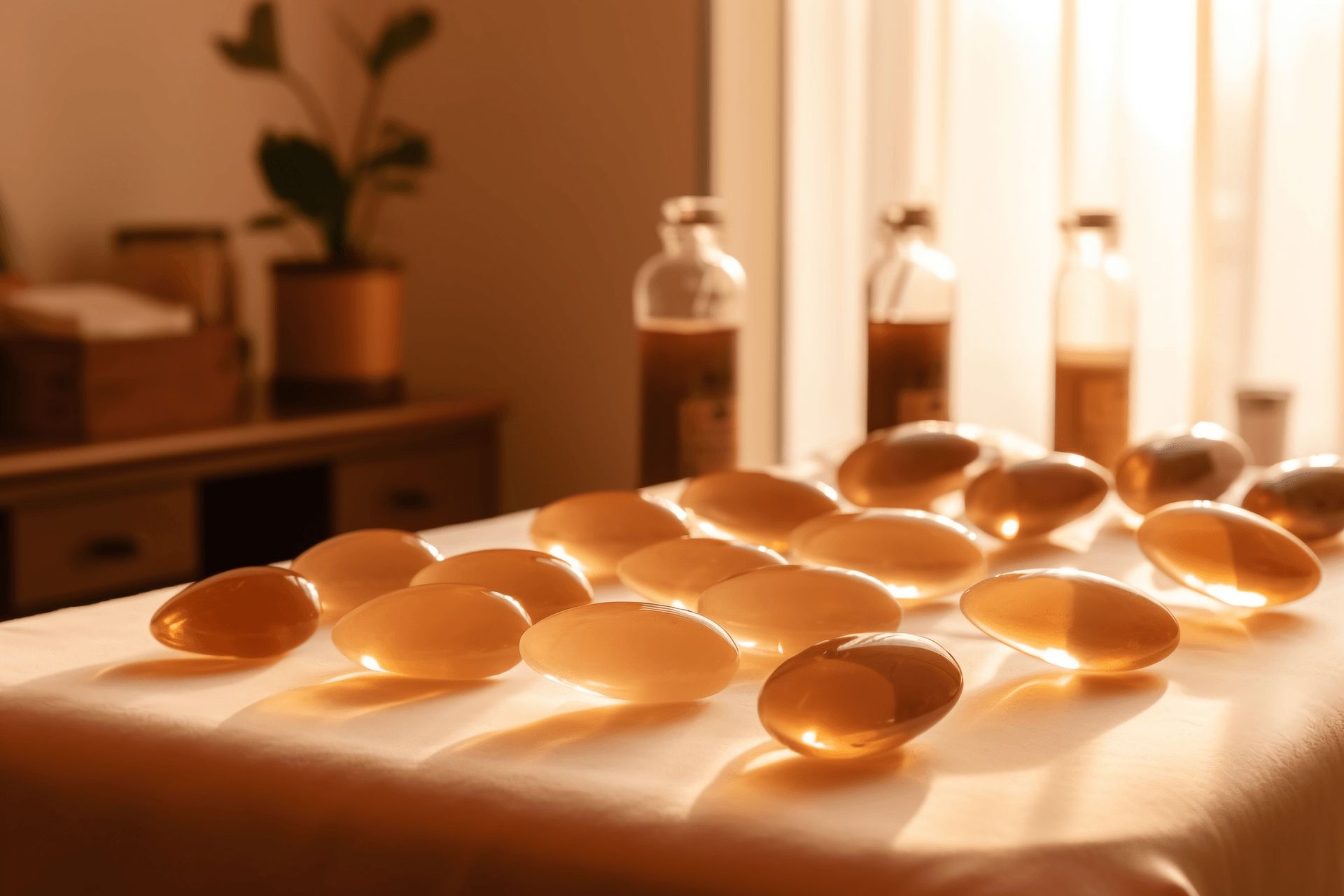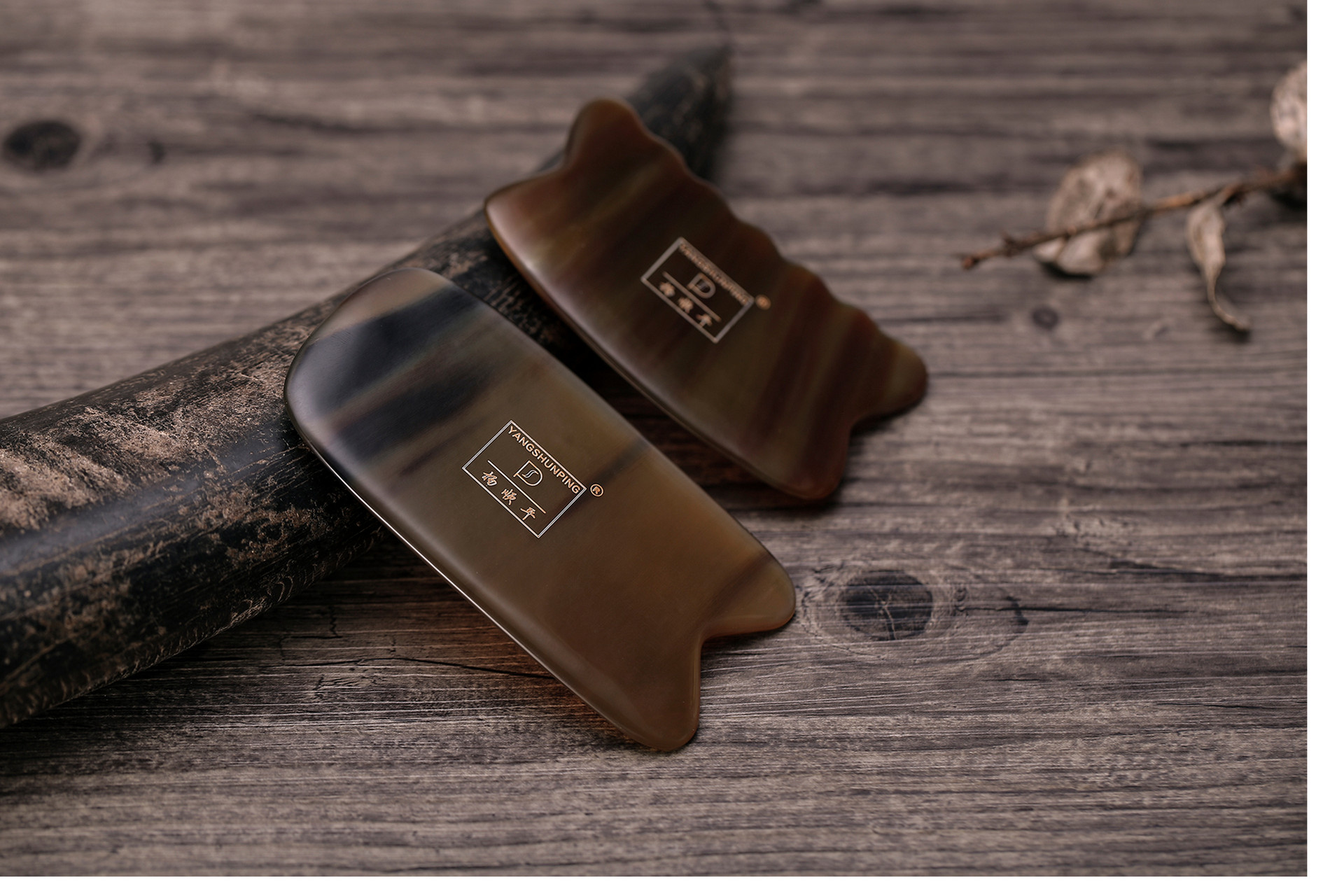For the unique Chinese therapy of scraping, I believe we are all familiar with it and many people have tried it. But did you know that if you want to do scraping, you must go to a professional therapist? You can't do it randomly at home. Let's take a look at the taboos of scraping below.
Using it to rub the body actually damaged the organs
Not long ago, a 25-year-old girl named Yingying suddenly felt unwell. She heard that scraping can detoxify the body, so she asked her roommate to scrape her back with a spoon and a comb. Because her roommate exerted too much force, the girl's back started bleeding after scraping, causing unbearable pain. She was immediately rushed to the hospital for rescue.
The next day, the girl was transferred to the intensive care unit and received a critical illness notice. After diagnosis, the girl was suffering from "acute renal failure caused by rhabdomyolysis", and there was a possibility of developing into "uremia" in the future. One wrong scraping ruined the whole life of a young girl, which is extremely regrettable.
Similar cases of scraping causing diseases are not uncommon, and the main reason for these tragedies is people's wrong understanding of scraping. Today, let me debunk these misconceptions about scraping for you.
Misconception 1: The more pain during scraping, the better
Many people believe that the red marks on the skin during scraping are toxins, and the more pain, the better. In fact, those red marks on the skin during scraping are just mechanical subcutaneous bleeding. The redder the marks, the more severe the blood vessels rupture. Therefore, when the scraped area appears slightly red or purplish-red, it is time to stop. Pursuing the color of the marks unilaterally is not only ineffective but also causes skin damage.
Misconception 2: Any tool can be used for scraping
Using random tools for scraping can cause damage to the skin. Scraping tools include scraping boards and lubricants: smooth and flat buffalo horns are the ideal choice, followed by jade, bian stone, etc. However, using metal spoons and coins for scraping can easily injure the skin, so it is best not to use them. For body scraping, choose oil-based lubricants, and for facial scraping, choose cream-based ones. They can effectively protect the skin and improve the therapeutic effect. However, alcoholic products are highly irritating and penetrating and should not be used.
Scraping tools should be disinfected before use to avoid skin infections. The scraping board made of buffalo horn can be wiped and disinfected with a 1:1000 dilution of iodophor, 75% medical alcohol, or 0.5% povidone-iodine. The scraping boards made of bian stone, ceramics, and jade can also be high-temperature, high-pressure, or boiled for disinfection.
Misconception 3: The duration of scraping doesn't matter
The duration of scraping is an important factor in its effectiveness. Experts suggest that each part should be scraped 15-30 times, with 3-5 minutes being appropriate. For local lesions or local health care, it is generally between 20-30 minutes. For whole-body scraping, it is advisable to do it for 40-50 minutes. In addition, since scraping can cause certain damage to the skin, it is recommended to wait for about 5-7 days before doing the second scraping.
Misconception 4: Specific techniques are not necessary, just make it comfortable
Scraping cannot be done randomly back and forth, but should be done in the direction of the arterial blood circulation. Specifically, it should be done from top to bottom, from the inside to the outside, in a single direction, and with the longest scraping distance possible.
The order of scraping the body also matters, and the general principle is to start with the head and face, then the hands and feet, and then the waist and back, and finally the upper and lower limbs.
The correct technique for scraping: hold the scraping board at a 45-degree angle to the skin of the scraped area, flexibly use wrist and arm strength to scrape, apply even and moderate force, and take into account the patient's tolerance.








